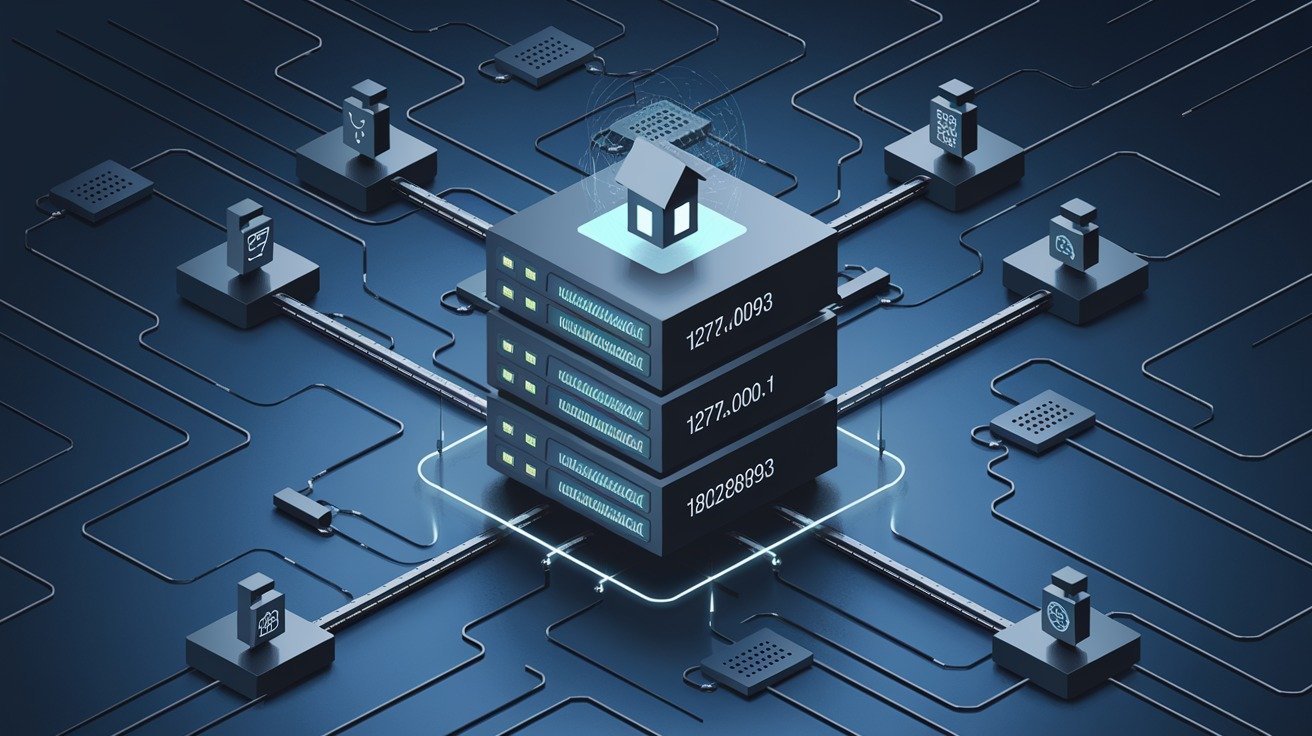The world of networking can seem complex, especially when diving into IP addresses and ports. If you’ve ever seen the IP address 127.0.0.1:62893 and wondered what it means, you’re not alone. This seemingly random string represents something crucial in computer networking, and understanding it can help demystify some of the technologies that power our internet-based activities.
In this blog post, we’ll break down 127.0.0.1:62893 and explain its components. Whether you’re a curious beginner or someone with a bit of networking knowledge, this post is designed to be easy to follow and understand.
What Is 127.0.0.1? Understanding the Loopback Address
Before diving into the number “62893” in the address 127.0.0.1:62893, let’s first focus on 127.0.0.1, which is known as the loopback address.
The Basics of 127.0.0.1
- 127.0.0.1 is part of a special class of IP addresses reserved for local communication within a computer. It’s often referred to as the localhost address.
- Whenever a computer or device uses 127.0.0.1, it’s essentially talking to itself, meaning it’s sending data to its own internal network interface.
This is useful for testing purposes. For example, developers often use the loopback address to run server software locally without needing an internet connection. By using 127.0.0.1, you can test how a web server responds to requests without actually reaching out to the broader internet.
What Is 62893? The Port Number
Now that we’ve covered 127.0.0.1, let’s discuss 62893. This number is a port number, and in networking, it helps to direct data to the correct application or process on a computer.
How Ports Work
- Port numbers allow multiple services or applications to communicate over the same network. While an IP address directs data to a specific device, the port number tells the device which application should handle that data.
- For example, Port 80 is commonly used for HTTP traffic (web browsing), while Port 443 is used for HTTPS (secure web browsing).
- In the case of 62893, it’s simply a random port number assigned to an application or process running on the machine. This could be anything from a local web server to a database server or even a testing application.
When you see 127.0.0.1:62893, it’s essentially saying, “Send the data to my own computer, and let’s use port number 62893 for the application that is listening on that port.”
Why Would You See 127.0.0.1:62893 in Use?
So, why might you come across this address? There are several scenarios where 127.0.0.1:62893 might appear in your daily computing activities.
1. Software Development and Testing
Developers often use the loopback address to run and test servers locally. For example, if you’re building a web application, you might set up a local server on your computer to test how it works before deploying it online. The server would use 127.0.0.1 to refer to your own computer, and 62893 would be the port number assigned to that local server.
2. Web Servers and Databases
Local web servers and databases often run on the loopback address. For instance, if you’re working on a project involving a local server or database, you might connect to it through 127.0.0.1:62893. This means you’re accessing a service on your computer without involving the external network.
3. Debugging and Diagnostic Tools
Network administrators and IT professionals sometimes use the loopback address as a diagnostic tool. By connecting to 127.0.0.1 on a specific port, they can check if a service is working correctly. For example, if a web application isn’t responding, checking the local server at 127.0.0.1:62893 might reveal if the problem is internal to the machine or related to external network issues.
How Do You Use 127.0.0.1:62893?
If you’re working on a project and need to connect to 127.0.0.1:62893, the process is straightforward.
Step 1: Open Your Web Browser or Application
If you’re testing a web server, you can type http://127.0.0.1:62893 into your web browser’s address bar. This will connect you to the local server running on your machine at port 62893.
Step 2: Use Command-Line Tools
For more advanced users, command-line tools like cURL or Telnet can be used to interact with services running on the loopback address. For example, typing telnet 127.0.0.1 62893 in your terminal will attempt to connect to the local service running on port 62893.
Step 3: Check for Active Services
To see which applications or services are using a specific port, you can use network diagnostic tools like netstat or lsof. These tools will list active connections, including those using 127.0.0.1 and any specific port numbers.
Security Considerations
While the loopback address is safe for local communication, it’s important to remember that ports can sometimes be vulnerable to security risks.
1. Port Scanning
Hackers can scan for open ports on your system, and if they find one that’s improperly secured, they may attempt to exploit it. Although 127.0.0.1 is local to your machine, it’s still good practice to ensure that the services running on your computer (like web servers or databases) are secured, especially if they’re accessible through ports.
2. Firewall Settings
If you’re running services on 127.0.0.1:62893, you might want to adjust your firewall settings to limit access to that port. Most systems block external connections to the loopback address, but internal access can still pose a security risk if not managed properly.
Conclusion: Demystifying 127.0.0.1:62893
Understanding 127.0.0.1:62893 might seem like a small detail, but it plays a significant role in how computers communicate with themselves and run local applications. Whether you’re a software developer testing a local server, an IT professional diagnosing network issues, or someone simply curious about how networking works, understanding the loopback address and port numbers is an essential part of navigating the world of computers.
So next time you see 127.0.0.1:62893, you’ll know exactly what it means. It’s your computer talking to itself, directing traffic to a specific service running on a particular port—no external network required.
If you have more questions about IP addresses or ports, feel free to ask! And remember, the world of networking might seem technical, but breaking it down step-by-step makes it a whole lot easier to understand.







